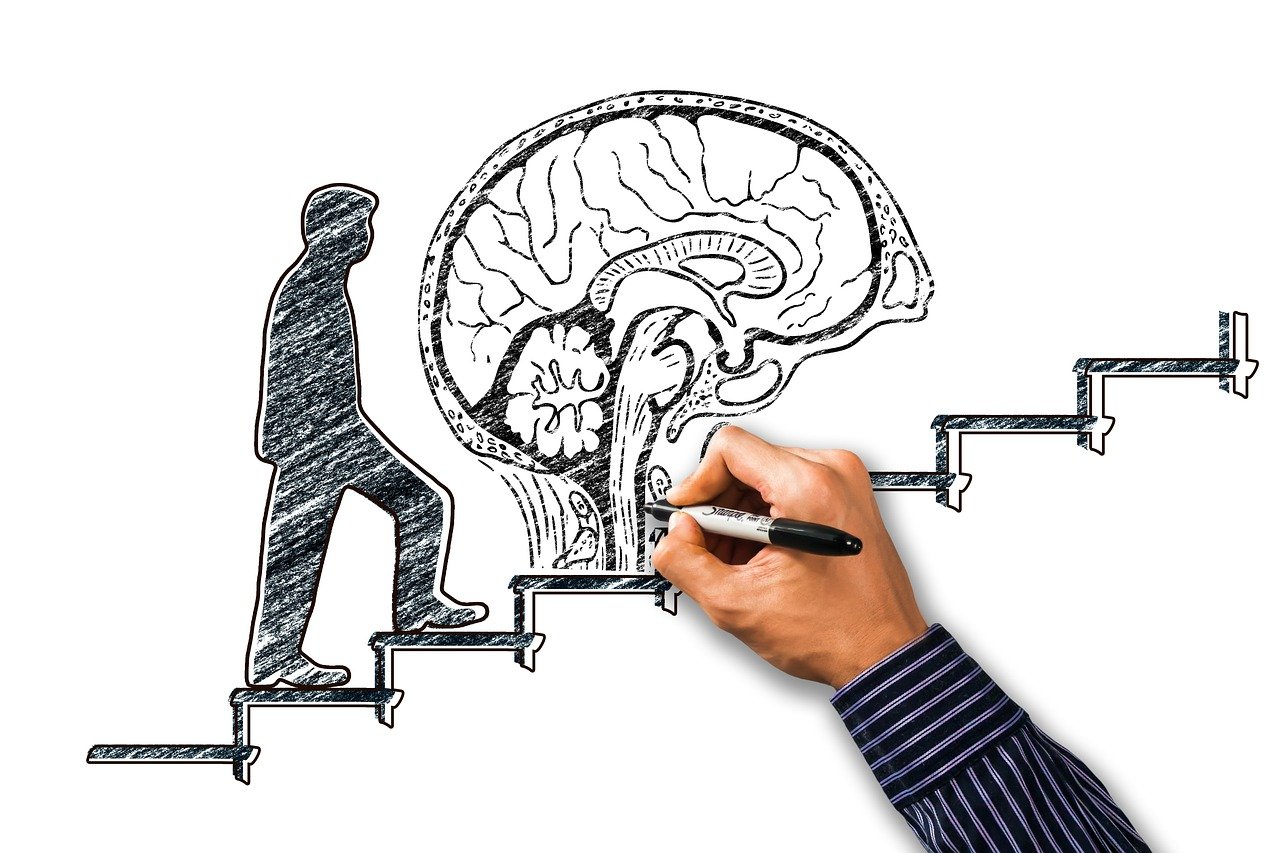Digital transformation, artificial intelligence, automation, platform labor. Today we are witnessing in real-time how the advancement of technology is changing the nature of work. These changes are creating new industries and expanding the possibilities of work beyond physical constraints. However, this change does not provide the same opportunities for everyone. For people with disabilities, technology can act as both a new possibility and another barrier.
Potential for technology-based jobs
Technology has the potential to expand labor participation opportunities for people with disabilities. Remote work technology provides an environment that transcends physical limitations for those with mobility constraints, while voice recognition and screen reader technologies have become pathways for those with visual or auditory limitations to participate in digital work. Freelancing or crowd work based on digital platforms is also becoming another option for people with disabilities who find it difficult to enter the traditional job market.
In fact, there has been an expansion of job training for enhancing digital capabilities led by the government recently. Through the Ministry of Employment and Labor’s projects, education is being provided in various fields, such as video editing, office automation, and UI design, and some have even led to employment opportunities. Technology is clearly creating new opportunities.
Technology accessibility and competency gap
Technology does not directly translate to ‘opportunities’. Rather, there are many critiques that it is creating new barriers to entry.
The most frequently mentioned issue is accessibility. There are still many cases where AI-based interview systems or online job assessment tools are not designed to be suitable for people with visual or hearing impairments. Structures that are unreadable, platforms without voice guidance, and pages that cannot be operated with a keyboard make access to information itself difficult.
According to the 2024 Ministry of Science and ICT’s ‘Digital Information Gap Survey’, the digital literacy level of people with disabilities remains at 83.5% of the national average. Although it is higher than that of the elderly, the digital accessibility gap still clearly exists.
Furthermore, the competency requirements for technology-based jobs are also significant. Basic IT skills or proficiency in digital tools are often prerequisites, which means that those who have not received prior training feel the barriers to entry from the beginning. Unless basic digital education or assistive device support is provided beforehand, technology can actually narrow the door to opportunities.
In addition, there are cases where new jobs are assumed to be unconditionally suitable for people with disabilities. For example, jobs such as chatbot consulting, data verification, and AI training content classification are recommended for people with disabilities due to their non-face-to-face nature, but they actually require high concentration and quick response times, and may involve significant emotional exhaustion. It is also important not to overlook that tasks that may seem ‘neutral’ on the surface may actually require high levels of ongoing training and stress.

Inclusive job design
Technology is essentially a value-neutral tool. Whether it benefits or disadvantages someone depends not on the technology’s performance, but on how that technology is designed and applied for whom.
If technology-based jobs can also present various possibilities for people with disabilities, it would be a meaningful change in itself. However, to facilitate such changes, more nuanced considerations in job design and approach seem necessary. If the voices and experiences of people with disabilities are reflected at the center of this change, the future work created by technology could become a space open to a more diverse range of people.




